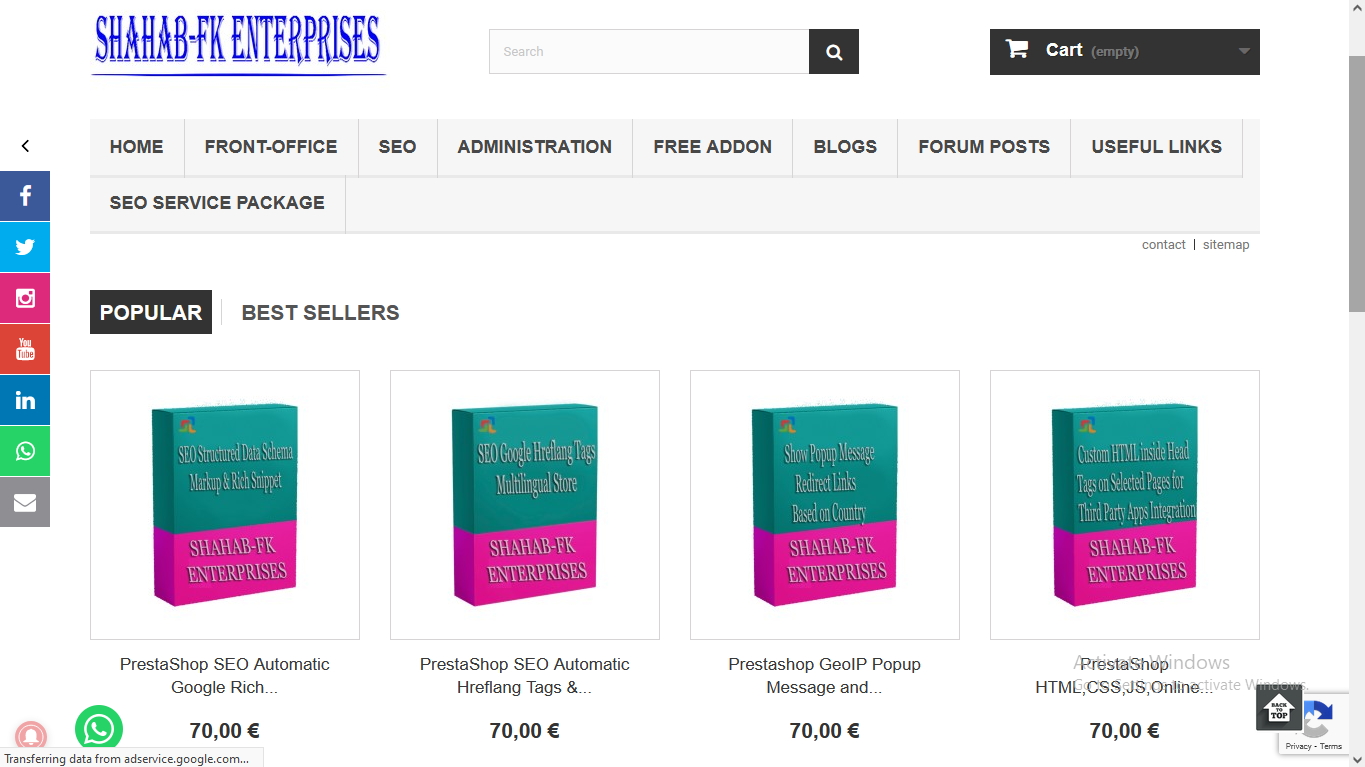The 10 Do-Or-Die Rules of Web Design 1. Always KISS
The saying goes “Keep It Simple, Stupid.” The biggest mistake is to overload a site, especially on its index page. Be clear and concise. As an example look to the world’s most successful sites such as Google or Facebook. You only have a few seconds to engage the visitor. Make the most of it.
2. Be “Übersichtlich”
Yeah, you don’t have to try to pronounce it. It’s a German word that basically means for something to be easily understood by looking at it once. You know what you are looking for right away and know where you need to go at a glance. Now apply this concept to web design. Got it? Good. It doesn’t take an Übermensch to be übersichtlich.
3. Content is King
No matter how simple your site is, it still needs content. Even if you have a basic product to sell, try to give your visitors something to read and look at. A regular flow of articles and posts will also help you in search engine ranking, and videos, free stuff to download, and other things that will keep visitors busy and interested.
4. Intuitive Navigation
This goes hand-in-hand with point 2. When a visitor hits your site he doesn’t want to have to learn how to use it. With more content, it may be better to group links into categories. There is the unwritten three-click-rule that says that a visitor should not need more than three clicks to get to what he is looking for. Of course, this doesn’t always work, especially with larger sites. But you get the point. A more complex service site could use How-To and Help pages, maybe even instructional videos. People love to watch videos.
5. You Shall not Irritate Your Visitors
Go easy with what you throw at the visitor. Don’t overwhelm them with colors and contrasts, images, and texts. There is a big overuse of stock images and jargon. Try to avoid making the visitor feel dumb and out of place. Remember points 1. and 2. in this regard.
6. Be Perfect
Nobody is perfect, but your site should try to be. That means always check for errors and dead links or missing images. This is particularly important for catalogs. Spelling and lingo should also be as good as can be. This also connects with point 10.
7. It’s All About The Google
They don’t call it the Googlenet yet, but we’re getting there. Google has established the net’s search criteria and is now the Big Guy on the playground. Your site needs to obey the rules. Your site has to fit with the prevalent SEO standards so it can rank well in search results. Once you are up to par with Google you will also fit in well with the other search engines, such as Bing and Yahoo.
8. Be Social: Go Hug A Customer
Connect with social media sites. Facebook, Twitter, and so on. You depend on the visitors to share and pass on your information and services. Also, keep in touch with your clients and prospective customers. Answer questions and be awesome. People always come back to those that were nice to them, and social media is a great way to be a Nice Guy.
9. Be Mobile
Make your site responsive, meaning it automatically adapts itself to browser-window sizes. This means then that your page is accessible from phones and tablets. The future of the internet lies in mobility: anywhere, anytime, anyplace. Make sure your site is up for that.
10. No Rest For The Webmaster
Your site is never finished. Always keep updating it, checking your stats, changing things, adding new things. A website is like a store: you can’t just open the doors and hope the customers walk in and leave you money. You need to update your inventory, clean it out, give it a new paint job if it’s getting worn, keep in touch with clients and keep your codes up-to-date.

